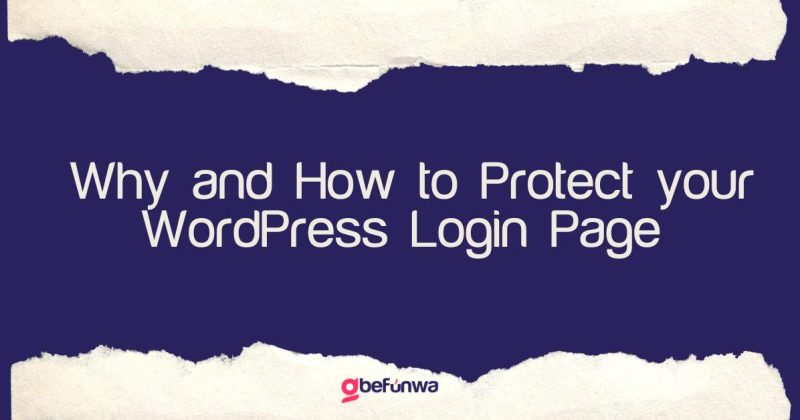
In today’s world, where websites are an essential part of any business or organization, protecting your WordPress login page has become increasingly important. With the rise in cyber threats, hackers are constantly searching for ways to gain unauthorized access to websites, and a weak login page is a prime target.
If a hacker gains access to your WordPress login credentials, they can cause severe damage to your website. They can steal sensitive information, deface your website, or even bring it down altogether. Therefore, it’s crucial to secure your WordPress login page to prevent any unauthorized access. Today, we’re going to teach you just how. Come along!
Use Strong Passwords
Using strong passwords is the first step in securing your WordPress login page. Weak passwords are easy to guess and leave your website vulnerable to brute force attacks. Use a combination of uppercase and lowercase letters, numbers, and special characters to create a strong password that is difficult to guess.
Use a Plugin with a Frontend login page
Using a plugin with a front-end login page offers enhanced security and improved user experience for your WordPress site. By shifting the login page away from the default wp-login.php URL, you make it harder for hackers to identify and target it. Customizing the login form and providing options like social media integration or multi-factor authentication improves convenience and engagement. Plugins like “Custom Login Page Customizer” or “LoginPress” enable easy creation and customization of the front-end login page. They offer branding options and additional security features such as reCAPTCHA and brute-force protection, effectively safeguarding your login page.
Change Your Login URL
By default, the WordPress login page is accessible through /admin, /wp-admin or /wp-login.php URL. Changing the login URL can prevent hackers from accessing the login page altogether. Use a plugin like WPS Hide Login to change the login URL to something unique and difficult to guess.
Implement Two-Factor Authentication
Two-factor authentication adds an extra layer of security to your WordPress login page. It requires users to provide a second form of authentication in addition to their password, such as a security question or a verification code sent to their phone. Two-factor authentication significantly reduces the risk of unauthorized access to your website.
Limit Login Attempts
Limiting login attempts can prevent hackers from attempting to guess your password repeatedly. After a certain number of failed attempts, the login page will lock the user out. This can prevent brute force attacks and deter hackers from targeting your website.
Use a Security Plugin
Security plugins like Wordfence or Sucuri can help you protect your WordPress login page from various cyber threats. These plugins offer features such as malware scanning, firewall protection, and login security to prevent unauthorized access to your website.
In conclusion, protecting your WordPress login page is critical to the security of your website. By using strong passwords, changing your login URL, implementing two-factor authentication, limiting login attempts, and using a security plugin, you can significantly reduce the risk of unauthorized access to your website. Remember, your website is like your online storefront, and securing it should be a top priority. By taking the necessary precautions, you can protect your website from cyber threats and keep it running smoothly
Deborah Oludimu is an experienced content writer with 3+ years of experience. She is skilled in research, writing, and editing to produce high-quality, engaging content across industries. Deborah is passionate about creating content that informs and inspires
© 2025 GBEFUNWA.COM. All rights reserved.
The WordPress® trademarks are the intellectual property of the WordPress Foundation, and the Woo® and WooCommerce® trademarks are the intellectual property of WooCommerce, Inc. Uses of the WordPress®, Woo®, and WooCommerce® names in this website are for identification purposes only and do not imply an endorsement by WordPress Foundation or WooCommerce, Inc. gbefunwa is not endorsed or owned by, or affiliated with, the WordPress Foundation or WooCommerce, Inc.